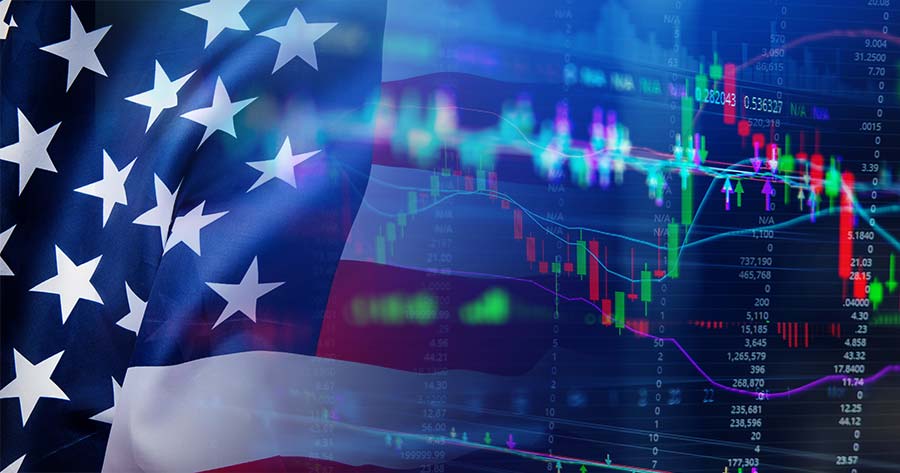In April, there was a slight easing of inflation, offering some relief for consumers, although it remains at levels that may not warrant an imminent interest rate cut. According to the Bureau of Labor Statistics of the Labor Department, the consumer price index (CPI) rose by 0.3% from March, slightly below the estimated 0.4% by Dow Jones.
Despite the monthly increase, the CPI showed a 3.4% rise over the twelve-month period, meeting expectations. The report highlighted that price increases in April were driven significantly by higher costs in shelter and energy. Shelter expenses, which have been a concern for Federal Reserve officials aiming for lower inflation this year, increased by 0.4% monthly and 5.5% annually. The energy index also saw a 1.1% monthly increase and a 2.6% annual rise. However, food prices remained unchanged monthly and saw a 2.2% uptick yearly.
Notably, used and new vehicle prices, which had previously contributed to inflation during the height of the Covid pandemic, decreased by 1.4% and 0.4%, respectively. Excluding food and energy, the core inflation rate was 0.3% for the month and 3.6% for the year, aligning with predictions. The core 12-month inflation rate marked the lowest since April 2021, while the monthly increase was the smallest since December.
Following the CPI release, markets reacted positively, with futures linked to major stock indexes advancing while Treasury yields declined. Futures traders also increased the implied likelihood of the Federal Reserve commencing interest rate cuts in September. In contrast, retail sales remained stagnant for the month, falling short of the expected 0.4% increase and indicating that consumers may not be keeping pace with rising prices.





